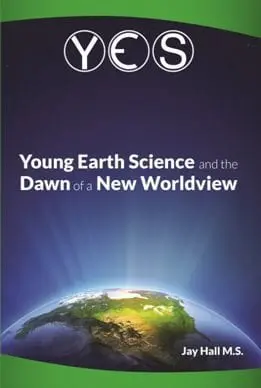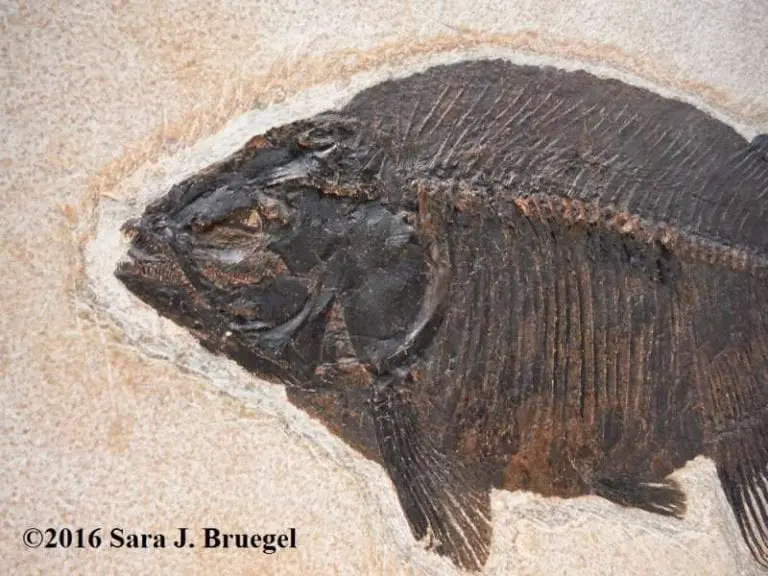Would anyone have doubted the reality of the Flood fifty years after it happened? How about 500 years after the Flood? In Post-Babel times certain people groups lost the memory of the Global Flood, yet the rocks cry out and point to the Deluge. Neanderthals put fossils in their graves; could this be because they knew they were relics from the Deluge?1
Martin Rudwick wrote The Meaning of Fossils: Episodes in the History of Palaeontology which discusses the history of how fossils came to be understood as once living things. He also explains how fossils were interpreted to represent extinction and evolution.
Xanthos of Sardis (c. 500 BC) understood that fossils were the remains of once living organisms.2 Xenophanes (d. ca. 490 BC) discovered fossil fishes and shells and thought that the land was underwater in the past. Herodotus (d. 425 BC), the historian, concluded that Egypt was once underwater because of the fossil shells there.
Leonardo da Vinci (d. 1519) knew that fossils were once living things, but suffered under the misapprehension that the Flood would have left a blended deposit rather than multiple layers. He held that fossils on the tops of mountains were deposited before the mountains were raised which is perfectly consistent with the Flood.
Tertullian pointed to fossils found on mountains as evidence of the Flood. Augustine saw fossils as the remains of creatures living before the Flood. Martin Luther referred to fossils as being the result of the Deluge in his commentary on Genesis. Agostino Scilla published a work in 1670 on fossils which he illustrated himself which pointed to the Flood as their cause.3
Colin Stearn and Robert Carroll, authors of a mainstream paleontology text, freely admit that by the middle of the eighteenth century, “Most [naturalists] attributed them [the fossils] to animals destroyed in the Biblical flood…”4
Polystrate fossils, such as a trees passing through multiple strata, clearly indicate rapid deposition. One famous example Terry Mortenson highlights in his book The Great Turning Point. A fossil tree discovered in 1826 is from a quarry in Craigleith, Scotland and is about 80 feet long and goes through about ten or twelve different strata.5
Even Darwin himself toyed with catastrophism:
What, then, has exterminated so many species and whole genera? The mind at first is irresistibly hurried into the belief of some great catastrophe; but thus to destroy animals, both large and small, in Southern Patagonia, in Brazil, on the Cordillera of Peru, in North America up to Behring’s Straits, we must shake the entire framework of the globe.6
By the late 1830s few old-earth catastrophists in the United Kingdom, America, or Europe believed in a geologically significant Noachian deluge.7 Amazingly, as late as 1892 a Yale professor (Military Science) defended the Deluge. Charles Totten wrote The Flood: the Fact of History defending the feasibility of the Ark.8
In addition to the geological indicators of the Flood, there are hundreds of Flood traditions from all around the world.
Knowing this first of all, that scoffers will come in the last days with scoffing, following their own sinful desires. They will say, Where is the promise of his coming? For ever since the fathers fell asleep, all things are continuing as they were from the beginning of creation. For they deliberately overlook this fact, that the heavens existed long ago, and the earth was formed out of water and through water by the word of God, and that by means of these the world that then existed was deluged with water and perished. But by the same word the heavens and earth that now exist are stored up for fire, being kept until the day of judgment and destruction of the ungodly (2 Peter 3:3-7, ESV)
Notes:
1) Paleontology: The Record of Life by Colin Stearn and Robert Carroll (John Wiley & Sons, New York, NY, 1989), p. 5.
2) Ibid.
3) The Deluge Story in Stone by Byron Nelson (Bethany Fellowship, Minneapolis, MN, 1968), pp. 9, 10, 18.
4) Stearn and Carroll, p. 6.
5) Nelson, p. 111.
6) The Voyage of the Beagle By Charles Darwin, p. 110.
7) The Great Turning Point by Terry Mortenson (Master Books, Green Forest, AR 2004), p. 33.
8) Nelson, pp. 154-156.
Special thanks to Sara Bruegel Mikkelson for the featured image.
 Read Jay Hall’s book:
Read Jay Hall’s book:
YES – Young Earth Science and the Dawn of a New World View
What is Young Earth Science (YES)? How old is the world? Are radiometric dating methods reliable? Is Darwinism substantiated by scientific evidence and valid arguments? How does the Renaissance of Catastrophism relate to the age of the Earth? Has plate tectonics occurred more rapidly in the past? These and other queries are answered in this exciting new fully documented work. This widely illustrated book features support from history, philosophy, geology, biology and physics. Discover this creative and multidisciplinary approach which provides affirmation that this planet is thousands of years old and not billions . . . (continue reading)







